Goats are notorious and voracious grazers, and keeping them full with the store-bought hay can get expensive.
And you cannot spend all day mowing. That’s where you need to plant fast-growing grasses in the pasture field for your little cattle.
I have spread the same around my paddock, which acts like a buffet for my herds. Here are the best grasses for goats on my list.
1. Bermuda Grass
I like to grow Bermuda grass around the trees and bushes for my goat, as it is drought-resistant and thrives in hot climates.

Since the grass doesn’t have a spine, herds can easily mulch. Also, it has high fiber content, which is good for digestion.
You can grow Bermuda grass for grazing pasture.
Plant it in late spring or early summer. It takes 5 to 10 days to germinate and grow for around 5 to 6 weeks. You can drive your livestock on the meadow when the grass is about 6-8 inches tall.
2. Ryegrass
If you’re wondering about your dormant pasture field in the winter, don’t be sad.
Ryegrass is a cool-season grass that is rich in energy and nutrients. It is easy to establish and makes excellent pasture grass in the highland areas.
Also, it doesn’t make a fuss about heavy grazing.
The ryegrass seeds germinate in 3 – 7 days under optimal conditions or 5 – 14 days later. The winter rain helps grow the seeds, and the grass gets dry by the summer.
Once established, it is ready to mow or invite goats to graze, which can take a few weeks.
3. Sudan Grass
It is a fast-growing summer grass, which provides lush green forage. If your location doesn’t support bluestem, you can plant Sudangrass as a good grazing cover.

It takes around 45 days to grow and to become ready for each harvest.
But make sure that you allow at least 3 frost-free months for the whole growing season if you take multiple cuttings. So, you need to use it in the rotational grazing pasture.
Standing tall, this leafy giant is a drought fighter and can be grazed or pastured multiple times per season.
Start grazing your herds when the grass is about 18–40 inches.
Avoid feeding your goats when the grass is too young. Sudan takes 14-18 days for the prussic acid to break down, and then it will be fine.
4. Fescue Grass
I strongly recommend you avoid fescue grass until you find endophyte-free varieties.
Endophyte interferes with blood flow and heat regulation in goats, which can reduce feed intake and milk production.
Anyway, it is also a cool-season forage grass, which has adequate palatability and nutrition. Especially, Fescue and Meadow Fescue are great high-yielding, broad-leafed perennial bunchgrasses.
They are hardy and tolerant of poor soil.
Good grazing option in many climates, fescue grass takes 7 – 14 days to germinate, or 3 weeks sometimes.
5. Timothy Grass
Timothy is a cool-season bunchgrass, which has low protein but high fiber, so it is mainly used as hay for goats.
It takes 7- 14 days to germinate and grows 2-3 feet tall with flat with 4-12-inch leaves. In most climates, it is established for harvesting within 50 days.

I prefer to sow timothy seeds in spring or summer.
You can plant it six weeks or more prior to the first fall frost, which helps the plant to take enough time to establish before the cold temperatures.
6. Super Napier Grass
Goats enjoy eating Napier grass, especially in the dry season, due to its high moisture content.
Super Napier grass is. a high-yielding fodder grass, which offers crude protein up to 18 percent. It is palatable and has lots of other nutrients.
It is a hybrid Napier grass resulting from crossing Elephant Grass and Pearl Millet.
The grass has deep roots in the soil, so it is drought-resistant. Having a long leaf length of 6-8cm, Super Napier can produce up to 20 tons of dry matter per hectare.
It becomes ready to graze and harvest in 60 – 90 days after planting. You can harvest a whopping 7–8 times per year.
7. Orchard Grass
Orchidgrass is another cool-season perennial bunchgrass, which is widely popular in the Midwest, Northeast, and Northwest.
It is palatable and nutritious, suitable for farming goats for meat and milk.
The grass grows well in shaded areas, so you can plant it around forage bushes and trees.

Besides, Orchad is a fairly drought-resistant and moderate winter-hardy grass. But it can’t deal with wet-natured soils.
It works great in pasture mixtures and inter-seeds with legumes such as clover, alfalfa, and lespedeza. You can expect orchard grass to grow fast and mature very early in the spring.
8. Teff
Native in Ethiopia, Teff is a fast-growing warm-season grass for forage, which can be baled, ensiled, or grazed.
It is 15-18 inches tall with delicate stems and leaves, and it makes a protein and fiber powerhouse.
It’s ready to graze in only 55 – 80 days, making it a speedy solution for hungry goats.
9. Forage Oat
Forage oat offers tall and high-yielding grass. It has strong straw and produces large, plump seeds if allowed to grow to maturity.
You can plant oats twice a year and get a steady supply of yummy food for your goats.
I believe this is one of the underused winter forages for farm livestock.
Anyway, oats thrive well and grow faster in the fall months. The grower can get excellent feed value with over 2 tons of hay or pasture per year.
It takes around 3 days to sprout. And if provided with good moisture, you can expect oats to graze about 6 to 8 weeks after sowing.
10. Guinea Grass
Guinea grass is a tropical, fast-growing, leafy grass that thrives well in warm, sunny regions. It is perfect for cut-and-carry systems and is used for making silage and hay.

You can expect the grass to be palatable to goats with a good nutritional value.
It is a tasty treat for your goats and super easy to establish, getting ready to graze in 55 days.
You can manage it as a long-term pasture grass for homestead animals, including goats, if you graze your herds consistently.
But, avoid pasturing the grass under 35 cm height, and also not in very wet conditions.
Final Thoughts
Remember, the best grasses for goats depend on your climate, soil, and grazing style.
So, research and select the best one that fits your farm’s specific needs. Also, it is always better to grow grass with other plants, including legumes.
Alfalfa, clover, buckwheat, and Comfrey are some popular options.

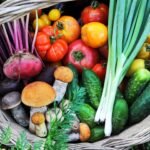

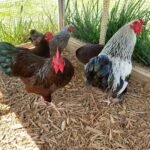
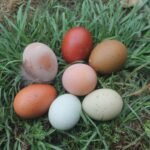
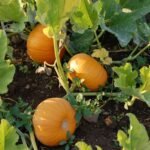
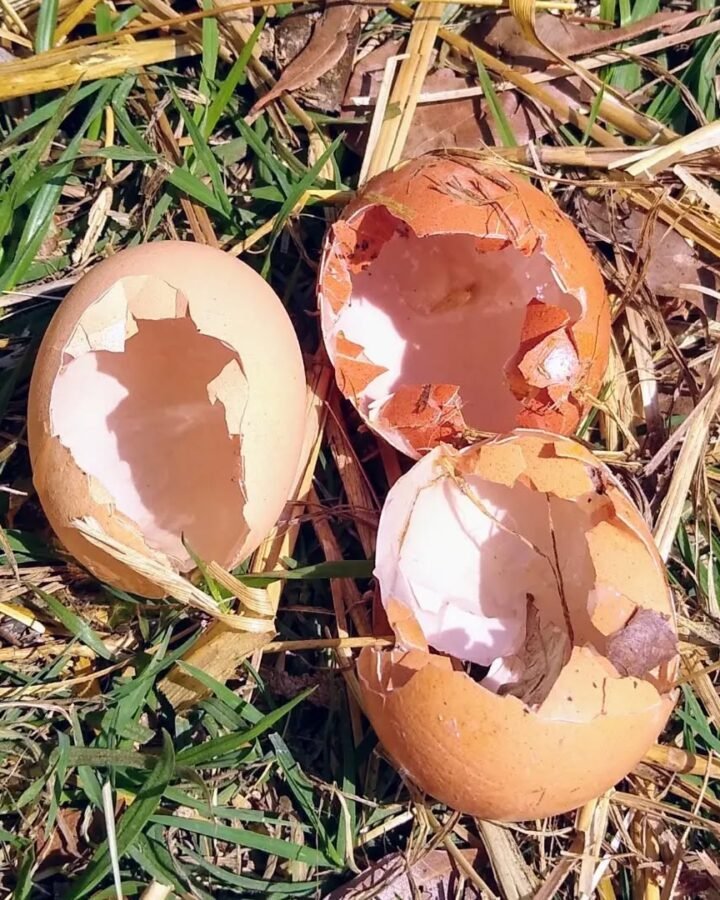
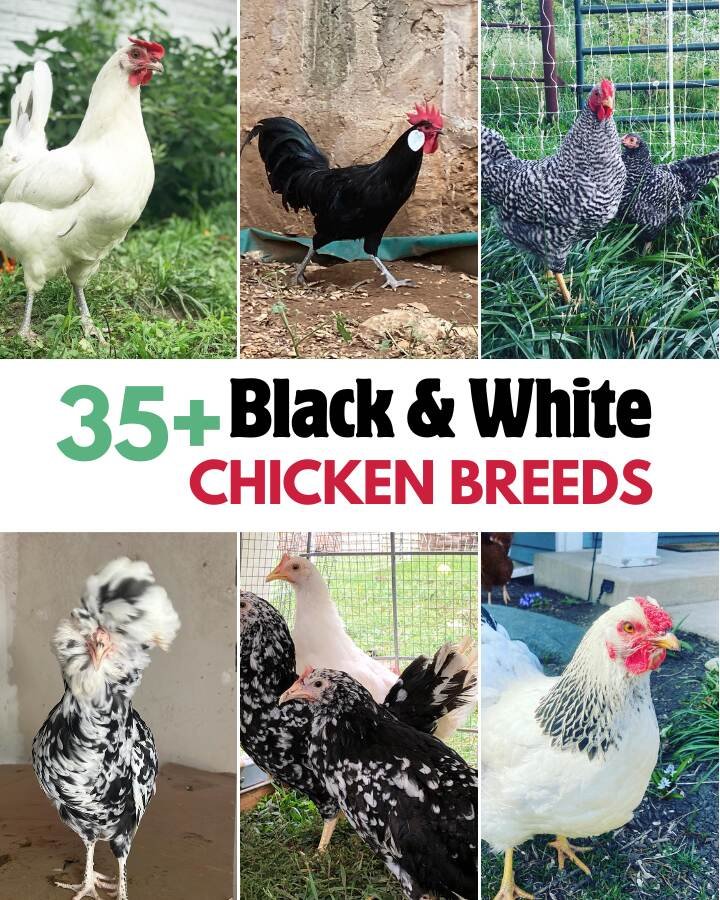
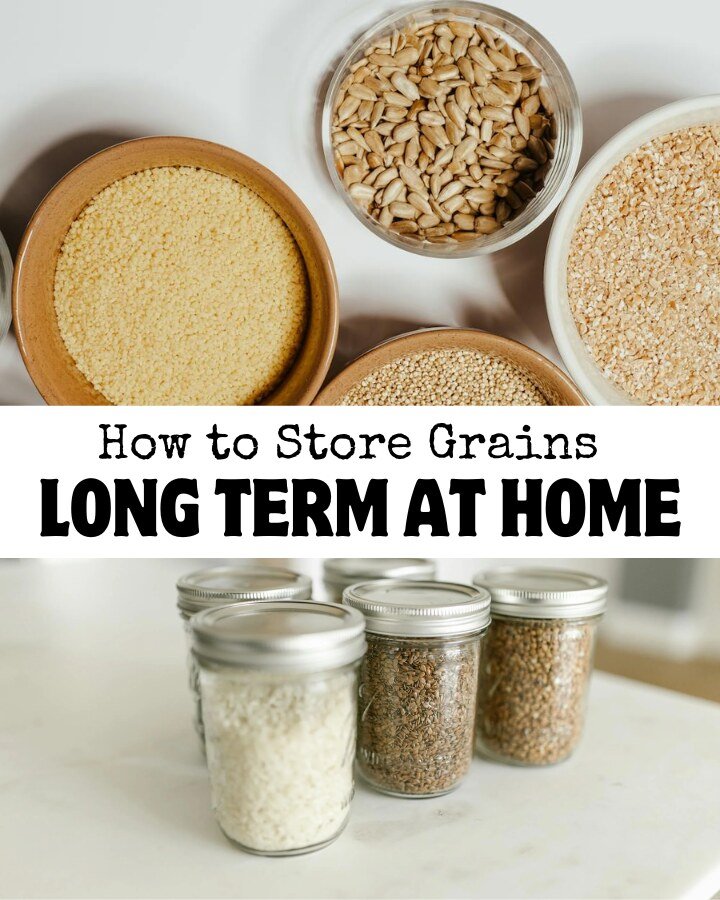
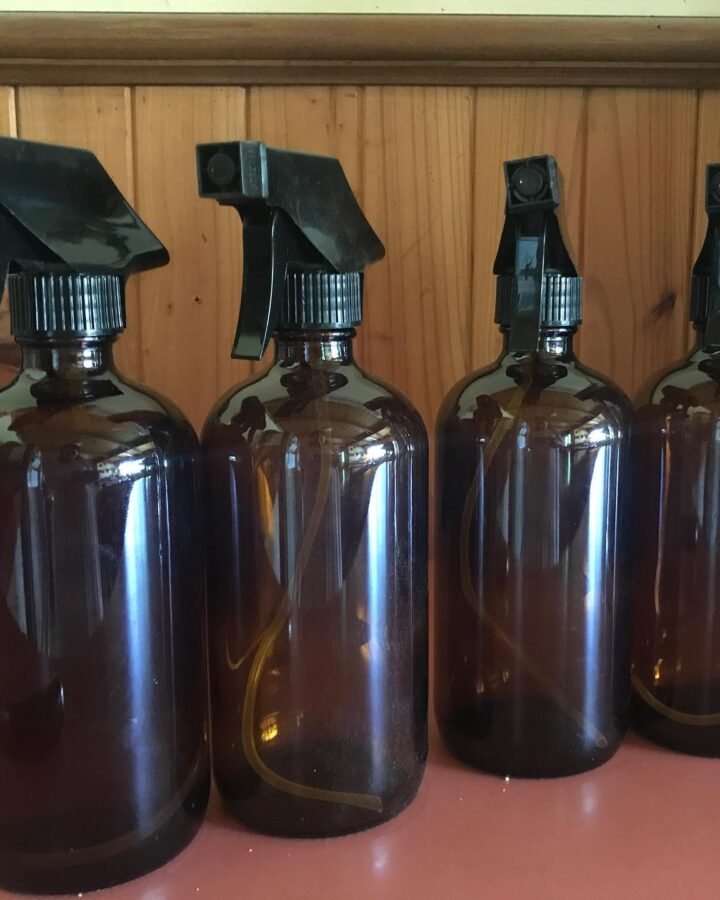
Leave a Reply